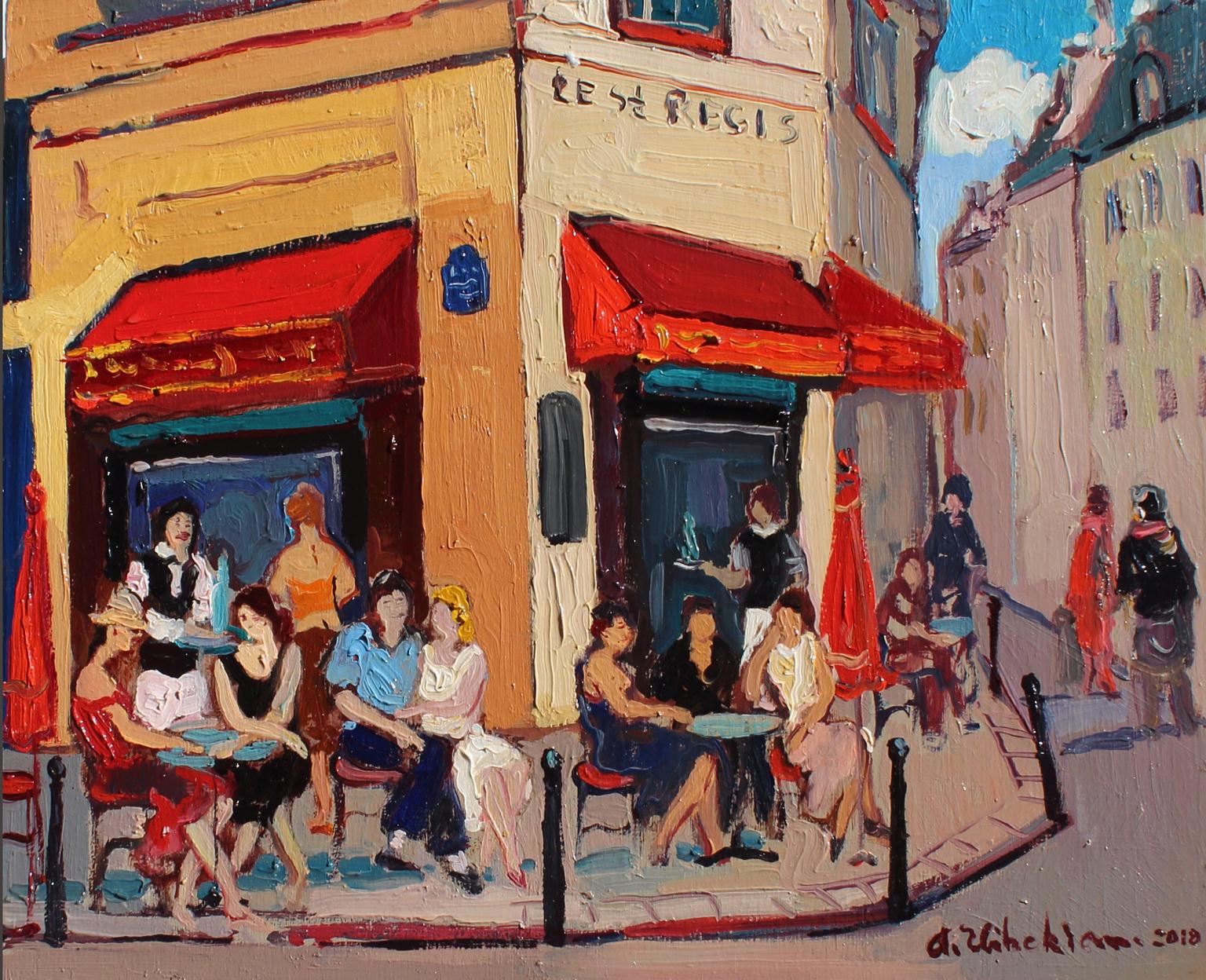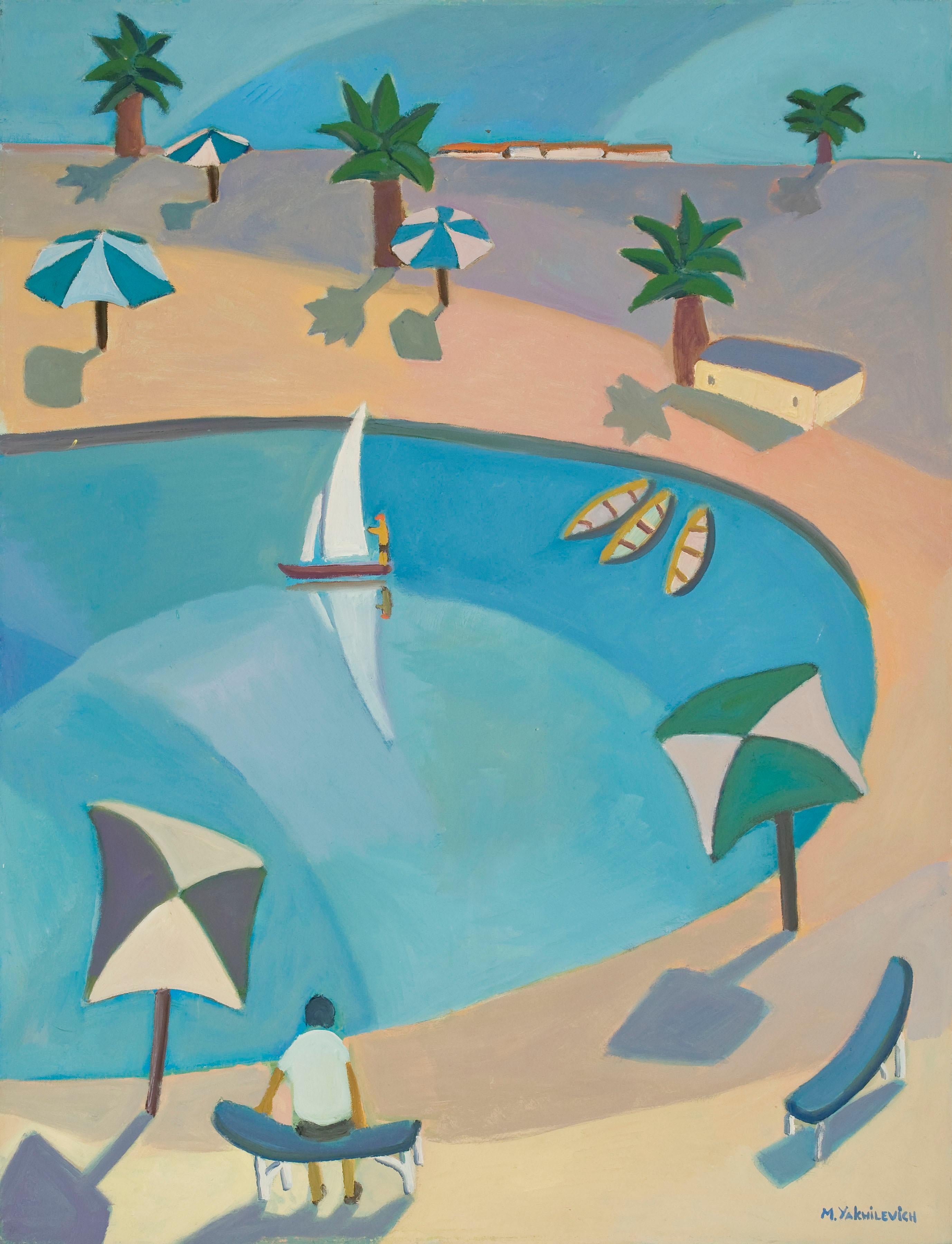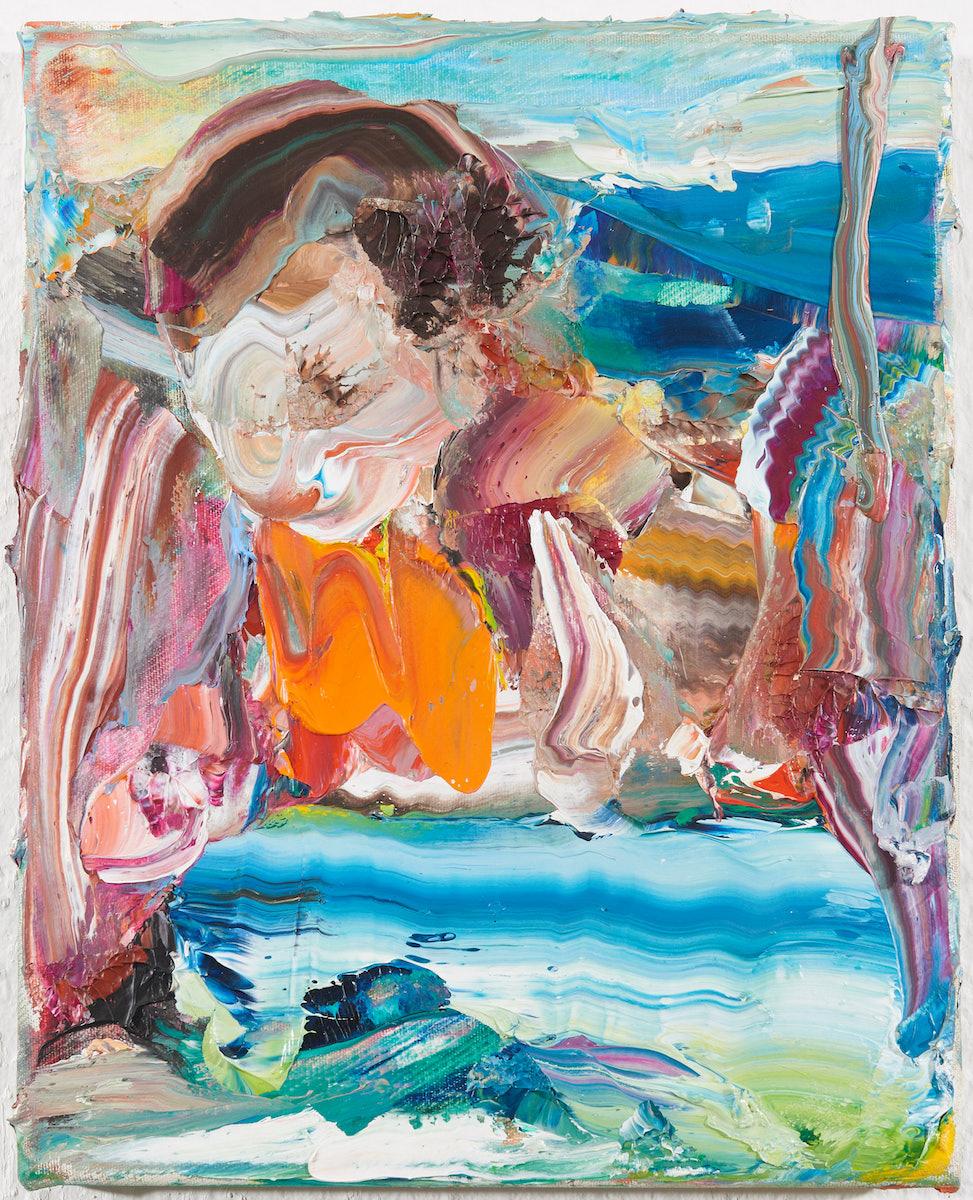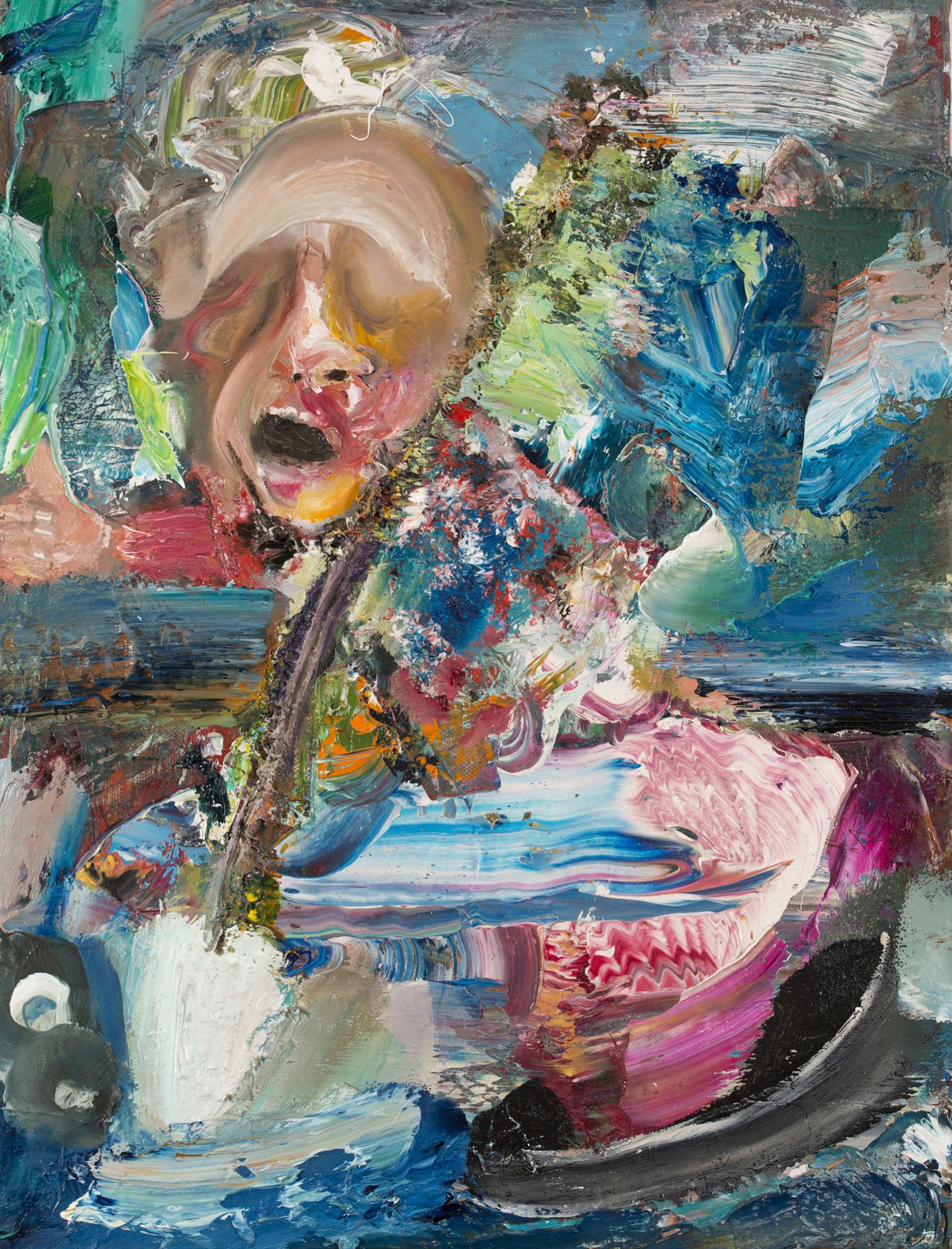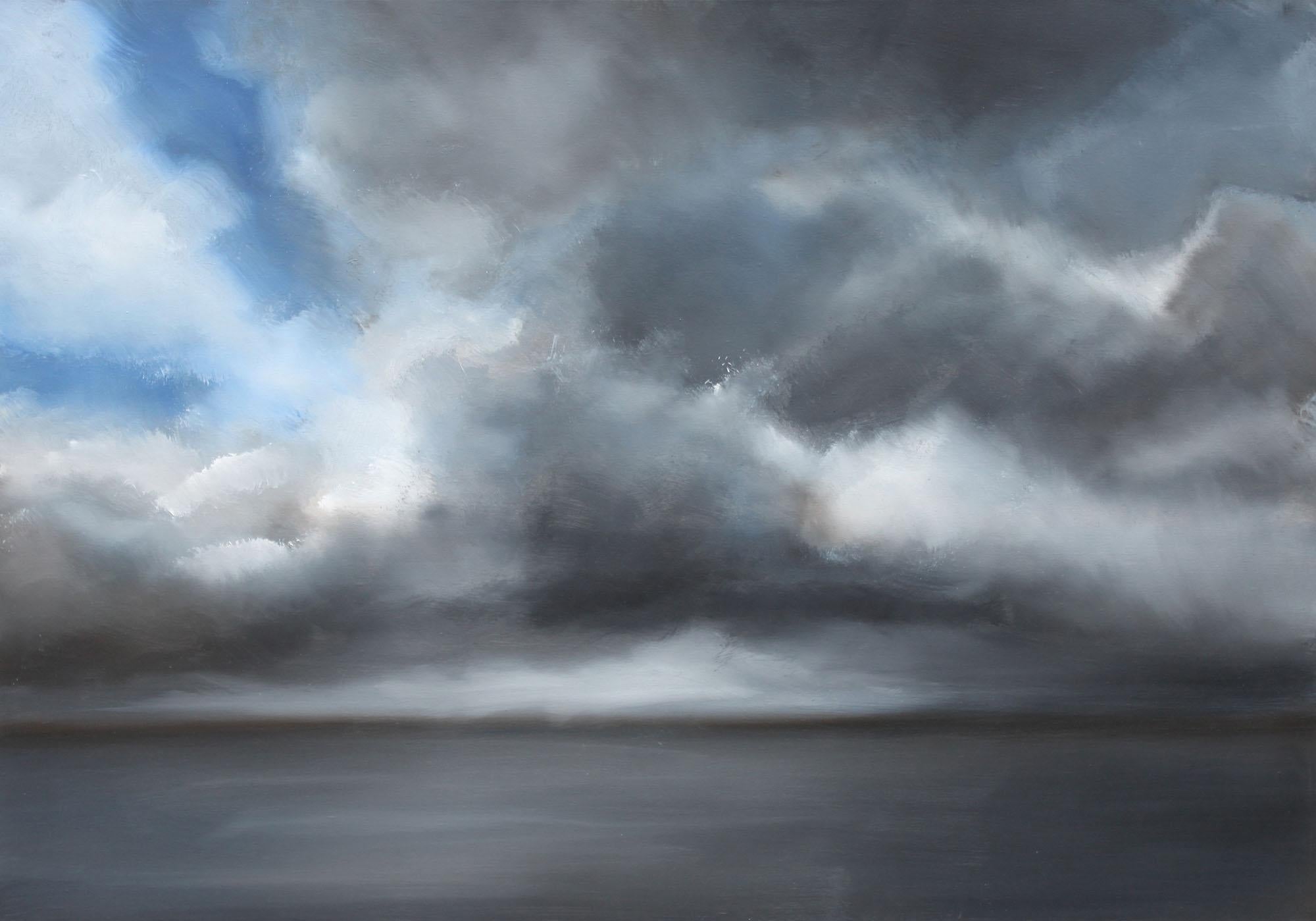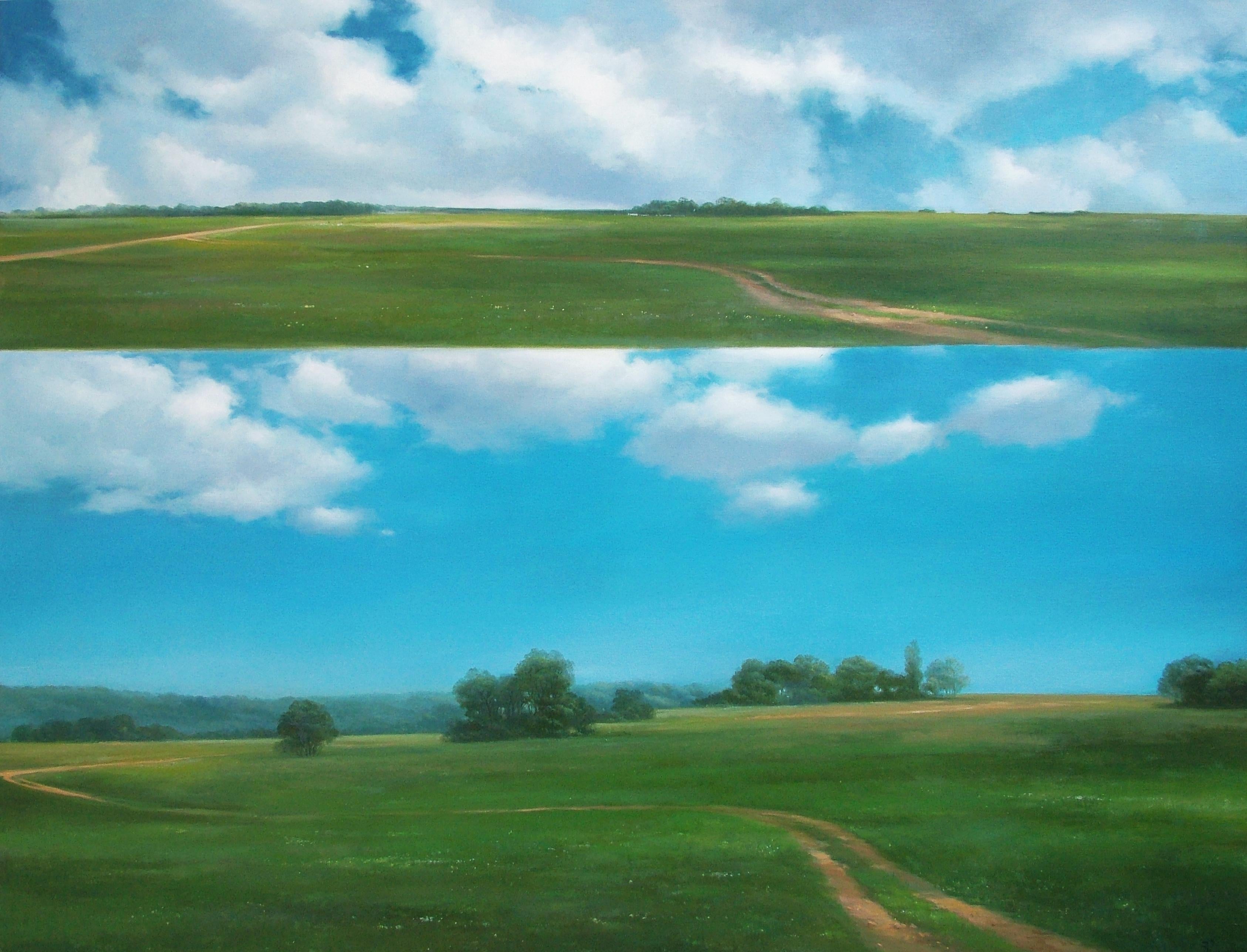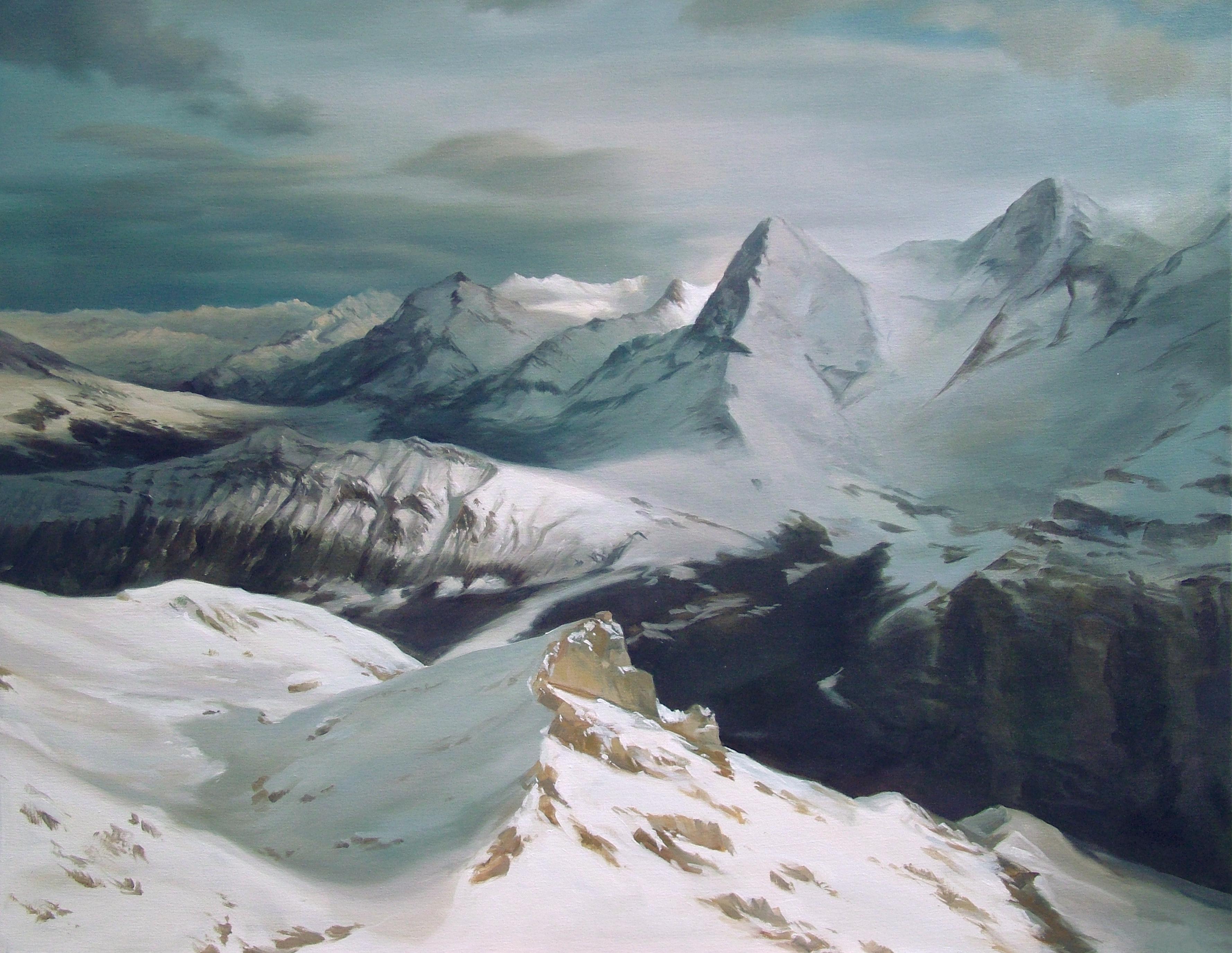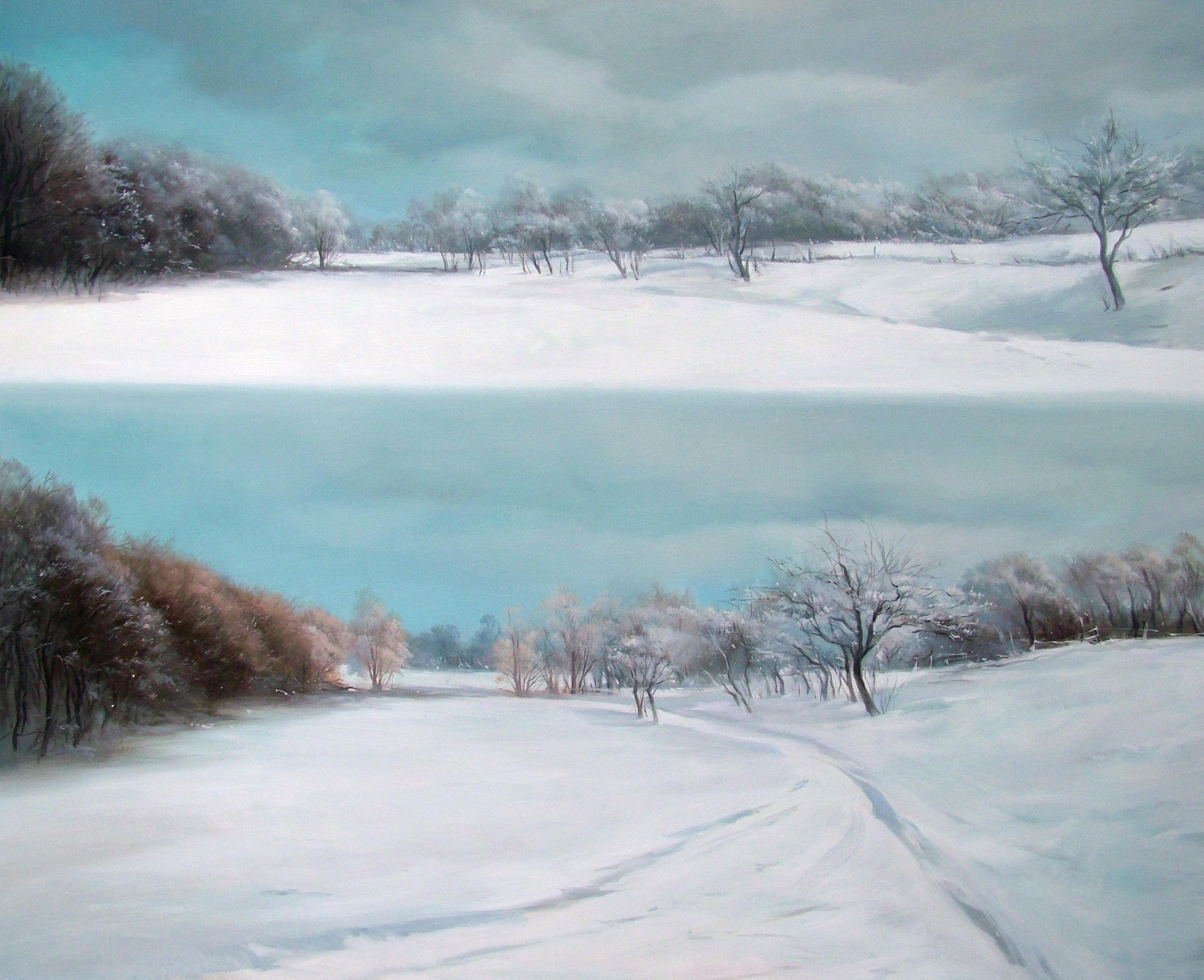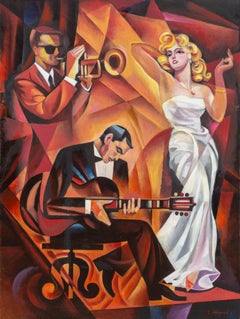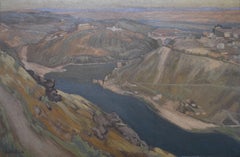Cesar VILOT French Art Deco Oil on Canvas Landscape with a Lady 1930
View Similar Items
Want more images or videos?
Request additional images or videos from the seller
1 of 8
Cesar VilolCesar VILOT French Art Deco Oil on Canvas Landscape with a Lady 1930Ca. 1930
Ca. 1930
About the Item
About the Seller
5.0
Vetted Seller
These experienced sellers undergo a comprehensive evaluation by our team of in-house experts.
1stDibs seller since 2018
34 sales on 1stDibs
More From This SellerView All
- Village of Provence, Oil on CanvasLocated in Saint Amans des cots, FROil on canvas by Michel Jouenne, France, Early 1960s. Village of France. Measurements : with frame : 38.7x28 inches - 98.3x71 cm, without frame : 36.3x25.6 inches - 92.2x65 cm, Forma...Category
1960s Neo-Expressionist Figurative Paintings
MaterialsCanvas, Oil
- Oil on Canvas by Jallais, Boats in Port, 1960sLocated in Saint Amans des cots, FROil on canvas by Jallais, France, 1960s. Boats in port. In its pretty dark brown wooden frame. With frame: 68x58 cm - 26.8x22.8 inches, without frame: 61x50 cm - 24x19.7 inches. 12F ...Category
1960s Post-Impressionist Figurative Paintings
MaterialsCanvas, Oil
- Paul Collomb, Paris, Eiffel Tower, Invalides, The Beautiful View, Oil on CanvasLocated in Saint Amans des cots, FROil on canvas by Paul Collomb (1921-2010), France, 1960s. The beautiful view. Measurements : with frame: 54.5x41.2 cm - 21.5x16.2 inches, without frame: 46x33 cm - 18.1x13 inches, fo...Category
1960s Expressionist Figurative Paintings
MaterialsCanvas, Oil
- Henri-André Martin, Les Baux de Provence, Oil on Canvas, 1961By Henri-André MartinLocated in Saint Amans des cots, FROil on canvas by Henri-André Martin (1918-2004), France, ca.1980s. Les Baux de Provence. With frame: 71x98 cm - 28x38.6 inches. Without frame: 65x92cm - 25.6x36.2 inches. 30P format. Signed lower right "Henri A Martin" (see photo). Located and dated 1961 on the back (see photo). Can be matched to make a pair with another painting by Henri-André Martin that we offer on 1stdibs whose title is "Henri-André Martin Olive Tree Field in the Alpilles, Provence, Oil on Canvas". Born in Lyon in 1918, the child and the adolescent Henri-André Martin spent his youth in Saint-Étienne, his father, Edme Martin, first installed as a practicing doctor in Lyon, having been appointed doctor of the anti-tuberculosis dispensaries of the Loire. During his first years of studying medicine in Lyon, he nevertheless enrolled in the Beaux-Arts. Appointed hospital intern upon his return from captivity in 1942, he ended his medical career as director of the otolaryngology university clinic at Édouard-Herriot hospital. But painting was his passion. Painting was for Henri-André Martin the way of expressing his feelings. By nature very reserved and of an extreme modesty that many took for coldness, it was what allowed him to express his strong artistic sensitivity and, his pictorial periods are as many reflects of his anxieties, of his hopes, of his joys. At every period of his life, wherever he goes and whenever he has a moment, he paints gouaches, often of small size, but sometimes of larger size. He also paints beaches that have been compared to those of Boudin. Their invoice shows, however, that this figure is only appearance and that in fact, these beaches made of water, sky and sand, readily dispense with the motif, the work of the material seeming to have more importance. as the subject. Despite the fact that until the 1970s he painted "on the ground", his canvases remain far removed from the anecdote. Often harsh like the landscapes of Provence, the Parisian walls which express concern, or the railways, the switch tracks which suggest, in ocher and black, all the embarrassment of choice. We find the same nostalgic gravity in the canvases of the carcasses of boats which, as his friend Louis Pons later wrote, "seem to die of immobility" or in the canvases of Venice, or the landscapes of Eygalières. In the following years, his painting became simpler, more synthetic, such as these landscapes with tortured almond trees, black and gnarled olive trees, plane trees standing out against the ocher sky of the dawn of Provence, in winter. These are also the canvases of Hamburg in the dough becomes heavier, the colors darken, marking all the gravity of the port landscapes. Workshop work gradually takes precedence over motif painting. The pivotal period coincides with that of his work on the olive tree, during which he leads the realization of the "Trunks", a collection of six lithographic plates, of the book L'olivier comprising many lithographs and serigraphs, but also texts. poetic and numerous paintings. He then became passionate about everything related to the olive tree (literature, painting, traditions, history), but also to the tree itself, its thousand-year-old history, its poetry, its symbols, but also its culture, its size. oil production...Category
1960s Post-Impressionist Figurative Paintings
MaterialsCanvas, Oil
- Henri-André Martin Road in Eygalieres, Alpilles, Provence, Oil on Canvas, 1999By Henri-André MartinLocated in Saint Amans des cots, FROil on canvas by Henri-André Martin (1918-2004), France, 1999. Road in Eygalieres, Alpilles, Provence. With frame: 52x67 cm - 20.5x26.4 inches. Without frame: 46x61cm - 18.1x24 inches. Format 12P. Signed and dated lower left "Henri-André Martin 99" (see photo). Located on the back (see photo). Can be matched to make a pair with another painting by Henri-André Martin that we offer on 1stdibs whose title is "Henri-André Martin Road in the Alpilles, Provence, Oil on Canvas, 1980s". Born in Lyon in 1918, the child and the adolescent Henri-André Martin spent his youth in Saint-Étienne, his father, Edme Martin, first installed as a practicing doctor in Lyon, having been appointed doctor of the anti-tuberculosis dispensaries of the Loire. During his first years of studying medicine in Lyon, he nevertheless enrolled in the Beaux-Arts. Appointed hospital intern upon his return from captivity in 1942, he ended his medical career as director of the otolaryngology university clinic at Édouard-Herriot hospital. But painting was his passion. Painting was for Henri-André Martin the way of expressing his feelings. By nature very reserved and of an extreme modesty that many took for coldness, it was what allowed him to express his strong artistic sensitivity and, his pictorial periods are as many reflects of his anxieties, of his hopes, of his joys. At every period of his life, wherever he goes and whenever he has a moment, he paints gouaches, often of small size, but sometimes of larger size. He also paints beaches that have been compared to those of Boudin. Their invoice shows, however, that this figure is only appearance and that in fact, these beaches made of water, sky and sand, readily dispense with the motif, the work of the material seeming to have more importance. as the subject. Despite the fact that until the 1970s he painted "on the ground", his canvases remain far removed from the anecdote. Often harsh like the landscapes of Provence, the Parisian walls which express concern, or the railways, the switch tracks which suggest, in ocher and black, all the embarrassment of choice. We find the same nostalgic gravity in the canvases of the carcasses of boats which, as his friend Louis Pons later wrote, "seem to die of immobility" or in the canvases of Venice, or the landscapes of Eygalières. In the following years, his painting became simpler, more synthetic, such as these landscapes with tortured almond trees, black and gnarled olive trees, plane trees standing out against the ocher sky of the dawn of Provence, in winter. These are also the canvases of Hamburg in the dough becomes heavier, the colors darken, marking all the gravity of the port landscapes. Workshop work gradually takes precedence over motif painting. The pivotal period coincides with that of his work on the olive tree, during which he leads the realization of the "Trunks", a collection of six lithographic plates, of the book L'olivier comprising many lithographs and serigraphs, but also texts. poetic and numerous paintings. He then became passionate about everything related to the olive tree (literature, painting, traditions, history), but also to the tree itself, its thousand-year-old history, its poetry, its symbols, but also its culture, its size. oil production...Category
1990s Post-Impressionist Figurative Paintings
MaterialsCanvas, Oil
- Edith Desternes, The Church Notre-Dame de l'Assomption in Auvers-sur-Oise, 1920sLocated in Saint Amans des cots, FROil on canvas by Edith Desternes (1901-2000), France, 1920s. The Church Notre-Dame de l'Assomption in Auvers-sur-Oise. This church has been painted in 1890 by Vincent van Gogh. At first glance, one is struck by the strength of this work. Then, on examination, one is captivated by this depth of soul and technique. Edith Desternes uses a thick paint here where black, and dark colors, play a privileged role. Thus the contrast between the warm and cold tones, surrounded by black, create an intense luminosity reminiscent of stained glass windows from the Middle Ages. Georges Rouault is present in this powerful work. With frame : 87x66 cm - 34.25x26 inches ; without frame : 81x60 cm - 31.9x23.6 inches ; 25P Format. Signed "E. Desternes" lower right (see photo). On the back, we notice the pictorial material dropped by the artist, it is not a restoration. The condition is excellent ! Céline Édith Desternes was born in Paris on February 21, 1901. She was the daughter of Louis Desternes (1864-1936), professor at the Lycée...Category
1920s Expressionist Figurative Paintings
MaterialsCanvas, Oil
You May Also Like
- Duet #3, Large Art Deco Painting by Erik FreymanBy Erik FreymanLocated in Long Island City, NY"Duet #3" is an original painting on canvas measuring 48 x 36 inches by Erik Freyman. The artist is best known for his 80's style which draws heavily on Art Deco and Cubism. Frey...Category
1980s Art Deco Figurative Paintings
MaterialsAcrylic, Canvas
- Duet #2, Large Art Deco Painting by Erik FreymanBy Erik FreymanLocated in Long Island City, NY"Duet #2" is an original painting on canvas measuring 48 x 36 inches by Erik Freyman. The artist is best known for his 80's style which draws heavily on Art Deco and Cubism. Frey...Category
1980s Art Deco Figurative Paintings
MaterialsAcrylic, Canvas
- Emmanuel Aubain (1872-1965) A Landscape, signed oil paintingLocated in Paris, FREmmanuel Aubain (1872-1965) A Landscape Signed lower left Oil on canvas transefered on cardboard panel In quite good condition, some abrasions in the r...Category
1930s Art Deco Landscape Paintings
MaterialsOil
- Bistro Chomiere, ParisBy Areg ElibekianLocated in La Canada Flintridge, CABistro Chomiere, Paris, 10"x12", oil on canvas. Artist: Areg ElibekianCategory
21st Century and Contemporary Art Deco Figurative Paintings
MaterialsOil
- The Dome of the Rock, Jerusalem. Claude Flight, 1923.By Claude FlightLocated in Brooklyn, NYSigned and dated lower right 'Claude Flight 1923'. Exhibited: Paterson’s Gallery, ‘5th Exhibition of Pictures and Sculpture by the “Seven and Five” Society ( ‘ A Street in Jerusale...Category
Early 20th Century Art Deco Figurative Paintings
MaterialsPanel, Oil
- Mikhail Yakhilevich, Boating, 116x89 cm, oil on canvas, minimalist paintingLocated in Jerusalem, ILMikhail Yakhilevich (Israeli, Russian) Boating 116x89 cm oil on canvas Michael Yakhilevitz was born in 1956 in Moscow. He graduated from The Stage Design Department of The Moscow Ar...Category
1990s Landscape Paintings
MaterialsCanvas, Oil



